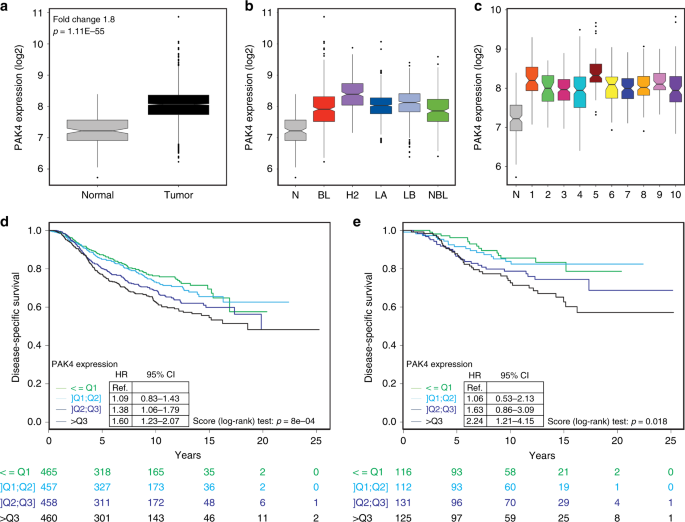
The LIGO and Virgo observatories, however, have found many black holes with masses greater than that of 50 suns, with some as massive as 100 suns. Physicists originally expected that black holes would have masses less than about 40 times that of the Sun, because merging black holes arise from massive stars, which can’t hold themselves together if they get too big. Though they emit no light, black hole mergers are observed through their emission of gravitational waves - ripples in the fabric of spacetime that were predicted by Einstein’s theory of general relativity. Nickwinlund77 writes: Since the first observation of merging black holes by the Laser Interferometer Gravitational-Wave Observatory (LIGO) in 2015, astronomers have been repeatedly surprised by their large masses. In a letter sent last year by the American Highway Users Alliance, the organization urged support of the NHTSA’s DADSS Research Program but expressed concerns that the technology could potentially infringe on driver’s civil liberties.
#SOURCEFORGE RSS BUILDER DRIVER#
At the same time though, the mandate has drawn concerns from safety experts and digital rights groups that warn driver monitoring technology could have knock-on privacy implications. Otte went on to describe the package as the “single most important legislation” in the group’s history. “It’s monumental,” Alex Otte, national president of Mothers Against Drunk Driving told the AP. The new mandate struck a positive note with some car safety groups, including Mothers Against Drunk Driving which has advocated for more detection tech in the past.

The touch-based system meanwhile would shine an infrared light through a driver’s fingertip to measure blood alcohol levels under the skin’s surface. The breath-based system aims to measure alcohol readings based on a driver’s breath with the goal of distinguishing between the driver and passengers.

DADSS is exploring both a breath and touch-based system to detect whether or not a driver has a blood alcohol concentration (BAC) at or above 0.08%. Though the Department of Transportation has yet to put its foot down on the exact type of technology it will use for this program, the National Highway Traffic Safety Administration (NHTSA) and 17 automakers have been working on something called the Driver Alcohol Detection System for Safety (DADSS) since 2008.
#SOURCEFORGE RSS BUILDER DRIVERS#
Courts have ordered some drunk drivers to use breathalyzers attached to ignition interlocks to start their vehicles for years, but the technology noted in this bill would take that concept much further and would need to be capable of “passively monitor the performance of a driver of a motor vehicle to accurately identify whether that driver may be impaired.”

The mandate, first noted by the Associated Press could apply to new vehicles sold as early as 2026. An anonymous reader writes: The recently passed $1 trillion infrastructure package is jam-packed with initiatives but sprinkled in there alongside $17 billion in funding for road safety programs is a mandate requiring carmakers to implement monitoring systems to identify and stop drunk drivers.


 0 kommentar(er)
0 kommentar(er)
